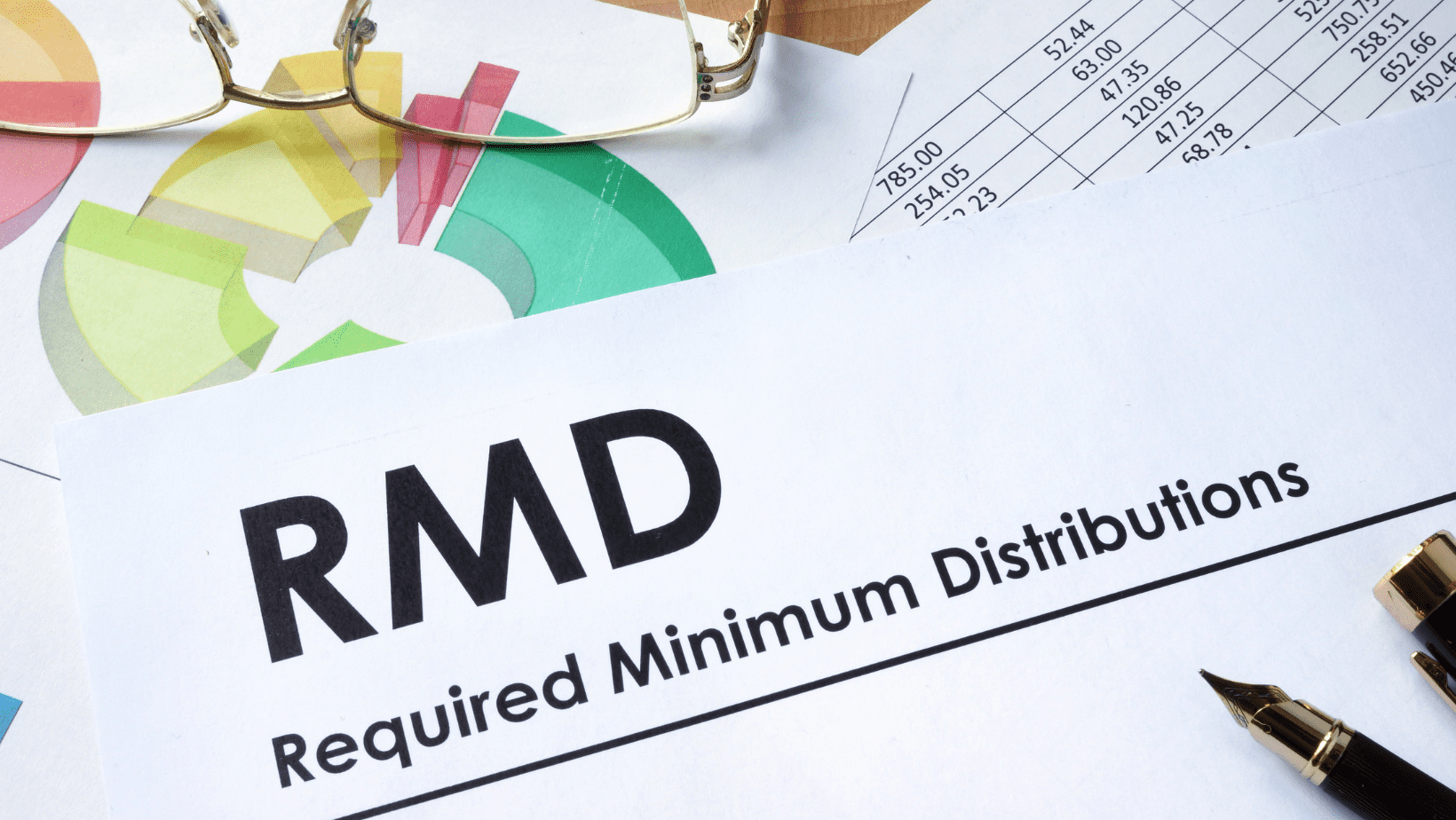
RMDs on Inherited IRAs
By: James Connolly
Inheriting a retirement account may sound like a straightforward event, but unless you can navigate the tax code easily, you should consider contacting an advisor to explore your options.
First among the many considerations that affect your options is whether the original account owner had reached the age to begin taking required minimum distributions (RMDs) at the time of death. If the answer is no, the Internal Revenue Code (IRC) offers some flexibility for the beneficiaries.
Rule 1 – IRC 401(a)(9)(B)(ii) provides the “5 Year Rule.” Under this rule, if an employee dies before the distribution of the employee’s interest has begun, “the entire interest of the employee will be distributed within 5 years after the death” of that employee. This rule always applies if there is no designated beneficiary.
Rule 2 – IRC 401(a)(9)(B)(iii) addresses the “Life Expectancy Rule,” which explains that for a designated beneficiary, the inherited portion will be distributed “over the life of such designated beneficiary.” This means you can consult the RMD tables to calculate distribution based on the beneficiary’s life expectancy.
Rule 3 – IRC 401(a)(9)(H) covers the “10 Year Rule,” which applies to eligible designated beneficiaries of defined contribution plans. An “eligible designated beneficiary,” according to IRC 401(a)(9)(E)(ii), is one of these:
- Surviving spouse of the employee
- Minor child
- Disabled person (within the meaning of IRC 72(m)(7)
- Chronically ill person (within the meaning of IRC 7702B(c)(2)
- Individual not described already who is not more than 10 years younger than the account holder.
The rule states that “if an employee dies before the distribution of the employee’s entire interest in his defined contribution plan, the fund can be distributed within 10 years after the employee’s death, regardless of whether the employee had started minimum distributions.
Of note here, the code (subparagraph (H)(vi)) explicitly includes IRAs within the definition of “defined contribution plan” by reference to IRC 402(c)(8)(B). Rule 3 then co-opts Rule 1 for non-eligible designated beneficiaries and changes it to 10 years for them. It then further explicitly states that Rule 2 only applies to eligible designated beneficiaries.
In contrast to the above, if the account holder has already begun his or her RMDs, under IRC 401(a)(9)(B) “Required distribution where employee dies before entire interest is distributed”, the only option is to make RMDs for the beneficiary(ies) based on the applicable table.
The information contained in this article is for informative purposes only and should not be relied on when making any business, legal, or other decisions. This information may be updated without notice and/or may not contain the most current information that is available related to this topic. Please consult with your advisor to determine how this information applies to your specific facts and circumstances.

